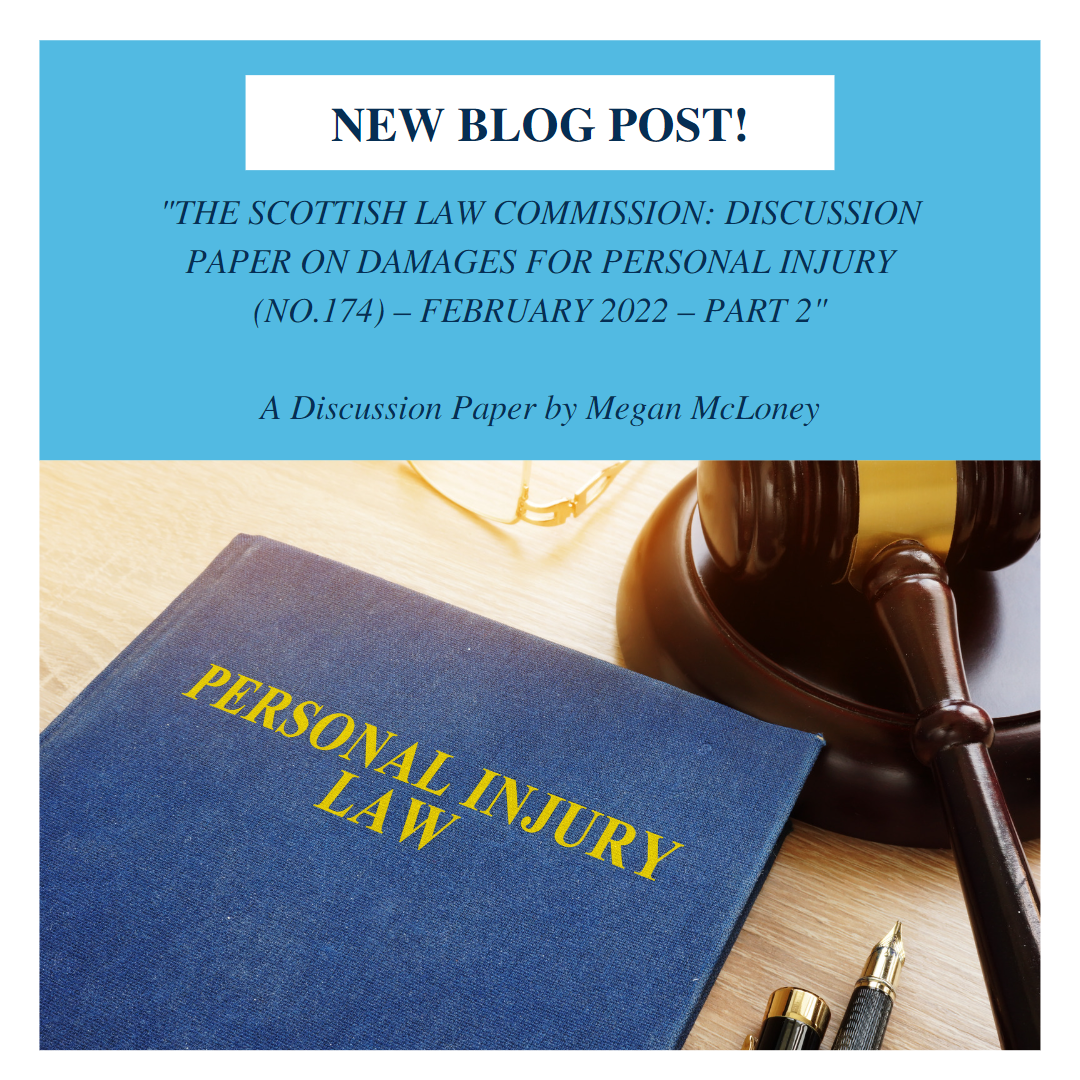
THE SCOTTISH LAW COMMISSION: DISCUSSION PAPER ON DAMAGES FOR PERSONAL INJURY (NO.174) – FEBRUARY 2022 – PART 2

Damages for personal injury:
Introduction
Provisional damages were established by the 1982 Act (section 12). Although the Law Commission doesn’t see a need for overall reform, they suggest reviewing asbestos-related claims. Currently, there’s a three-year window to raise an action for negligent exposure to asbestos. Liability must be admitted or confirmed before reviewing quantum. Pleural plaques being asymptomatic causes potential limitation issues. The court’s discretion under s19A of the 1973 Act may address this.
Main body
Under the Age of Legal Capacity (Scotland) Act 1991, children under 16 can instruct a solicitor, sue, or defend. Typically, parents or guardians make damage claims on behalf of children. Damages are paid to them.
According to the Children (Scotland) Act 1995, section 13, the court has discretion in managing damages for children. When a sum of money becomes payable to a child under 16, the court can make orders for the child’s benefit. If an order under section 13 is made after an application for the administration of a child’s property under section 11(1)(d), the court considers the child’s welfare, the no order principle, and their views.
The Discussion Paper seeks responses on the extent of court discretion. Should the court consider factors related to section 11(1) applications, or is section 13 sufficient? Options under section 13 include appointing a judicial factor, paying the money to the sheriff clerk, parent or guardian, or directly to the child. The Commission believes court discretion within section 13 should remain, case-by-case. The discretionary powers are “wide discretionary power.” It may be worthwhile to obligate the court to review future administration of the child’s damages and remit the case to the Accountant of Court according to section 13. The Scottish Civil Justice Council and the Lord President will determine this.
Trusts pose complexities. Does the court’s discretion in section 13 extend to placing damages in trust for a child? If so, the type of trust must be specified. Personal injury trusts (“PIT”) and independent oversight are discussed. Uncertainty exists regarding parents and guardians setting up PIT for a child. Currently, there’s no independent oversight for personal injury trusts for children, including trustee choice. However, this may not be necessary in all cases.
Conclusion
In conclusion, the Discussion Paper presents areas for potential reform. The Commission will review responses to shape the final Report, containing recommendations for the Scottish Parliament. The impact on the legal and insurance sectors remains to be seen. Gildeas may have opportunities to extend their involvement in different case types and broaden their client base, leading to innovative business practices.
Gildeas Solicitors have offices in Glasgow and Edinburgh and specialise in personal injury cases, including road traffic accidents.
We go the extra mile for our clients by providing services such as roadside assistance, vehicle repairs, and hire vehicles.
Customer satisfaction is our top priority. According to customer reviews , among civil law firms with over 200 reviews, we proudly hold the second highest rating in Glasgow. We currently have a stellar rating of 4.9 on Reviews Io and 4.7 on Google [May 2023].



